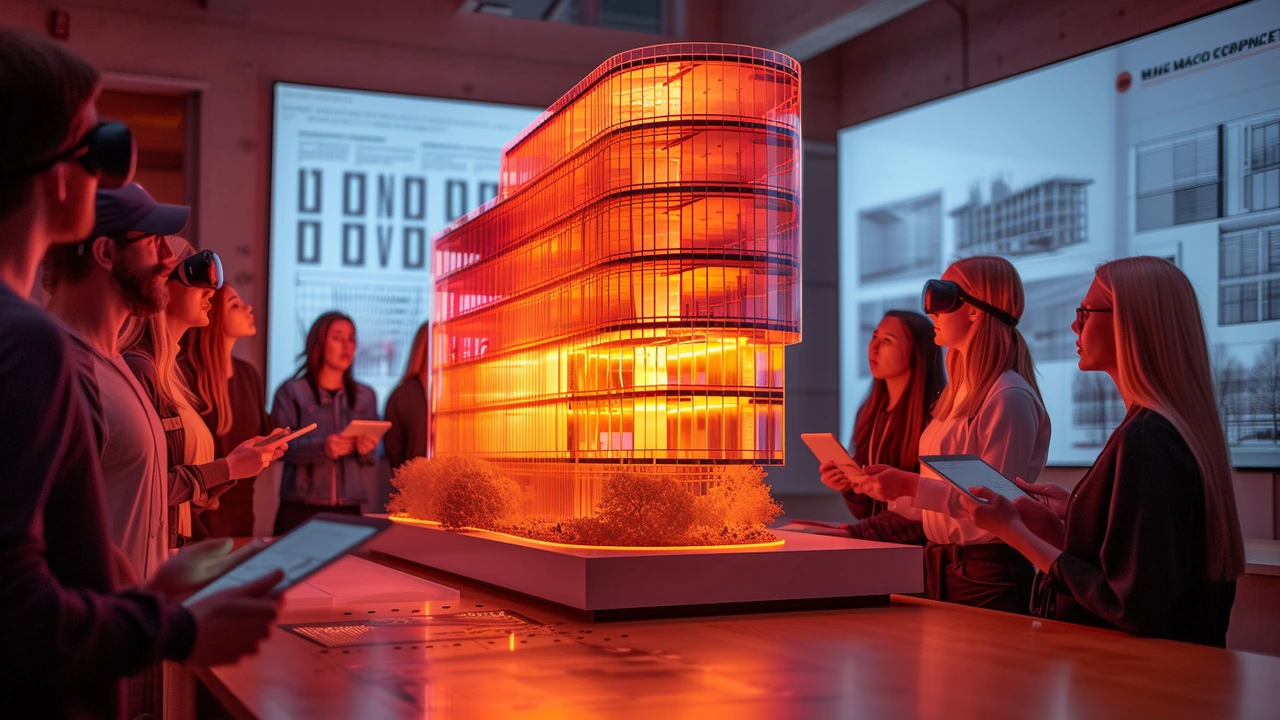Alright folks, let's dive headfirst into the wild world of high-tech architecture - a fresh, funky twist on the good old traditional design we all know and love. Picture this: towering steel structures, glass skyscrapers, and innovative, mind-boggling technology coming together to create an architectural symphony! This unconventional art form is like a rebellious teenager of the design world, smashing through the norms and daring to be different. It's like Picasso met Einstein and they decided to build a city together! So, if you're up for a thrilling architectural rollercoaster ride, high-tech architecture is your ticket to the future!
Unconventional Design: How to Use Bold Ideas in Real Spaces
Unconventional design flips rules and asks one simple question: what if the odd choice becomes the best choice? That thought scares some people and thrills others. If you want spaces that spark conversation, solve a tricky problem, or simply refuse to be boring, unconventional approaches can deliver. Here are clear, practical ways to spot, test, and use offbeat design ideas without wasting time or money.
Start small and test fast. Instead of gutting a room, try a temporary element: a painted accent wall, a sculptural light fixture, or modular furniture you can swap. These quick tests show how unusual choices perform in real life—how they affect flow, light, and daily use—before you commit. Track three things during a test: comfort, maintenance, and how often people interact with the piece.
Use constraints as fuel. Tight budgets, small sites, or odd shapes often push designers to invent interesting solutions. A narrow lot can become a vertical garden. An awkward corner can host built-in seating and storage. When you turn limits into rules, you force creativity that results in distinctive outcomes, not just quirky details.
Mix old methods with new tech. A weathered brick wall plus smart glass gives texture and modern control. 3D-printed fixtures let you make shapes that were impossible or expensive before. Combining craft techniques—like hand-stitched upholstery—with modular construction creates warmth and adaptability. The point is to use tools where they add meaning, not for novelty alone.
Think about human behavior. Unconventional design should improve how people use a place, not just win awards. Observe how occupants move and where they linger. Add an unexpected bench where people gather, or a low light for evening conversations. Small shifts in scale or orientation often change behavior more than dramatic gestures.
Choose materials that tell a story. Salvaged wood, repurposed metal, and tactile concrete give projects soul. But be realistic: test durability and maintenance. A beautiful reclaimed textile may fade if left in strong sun. If you plan for wear, unusual materials become assets rather than headaches.
Learn from examples, not just photos. Visit a cafe that layers patterns successfully, walk through a converted factory, or sit in a tiny home that maximizes storage. Take notes on dimensions, circulation, and finishes. Real-world observation teaches lessons that Pinterest images hide.
Explain your choices clearly. Unconventional ideas make clients nervous. Use sketches, mood boards, and simple cost comparisons to show benefits. Model how a suggestion affects budgets, timelines, and daily life. A clear rationale turns a strange idea into a confident decision.
Finally, keep flexibility in the plan. Design trends shift and user needs change. Use adaptable systems—removable walls, plug-and-play lighting, modular furniture—so the space can evolve. The best unconventional designs feel inevitable down the line, not like an experiment gone wrong.
If you're unsure, hire someone who embraces risk but tracks results. A designer who prototypes and measures will save time and show real returns. Small experiments that prove value make bold design choices easier to approve and easier to live with daily.

